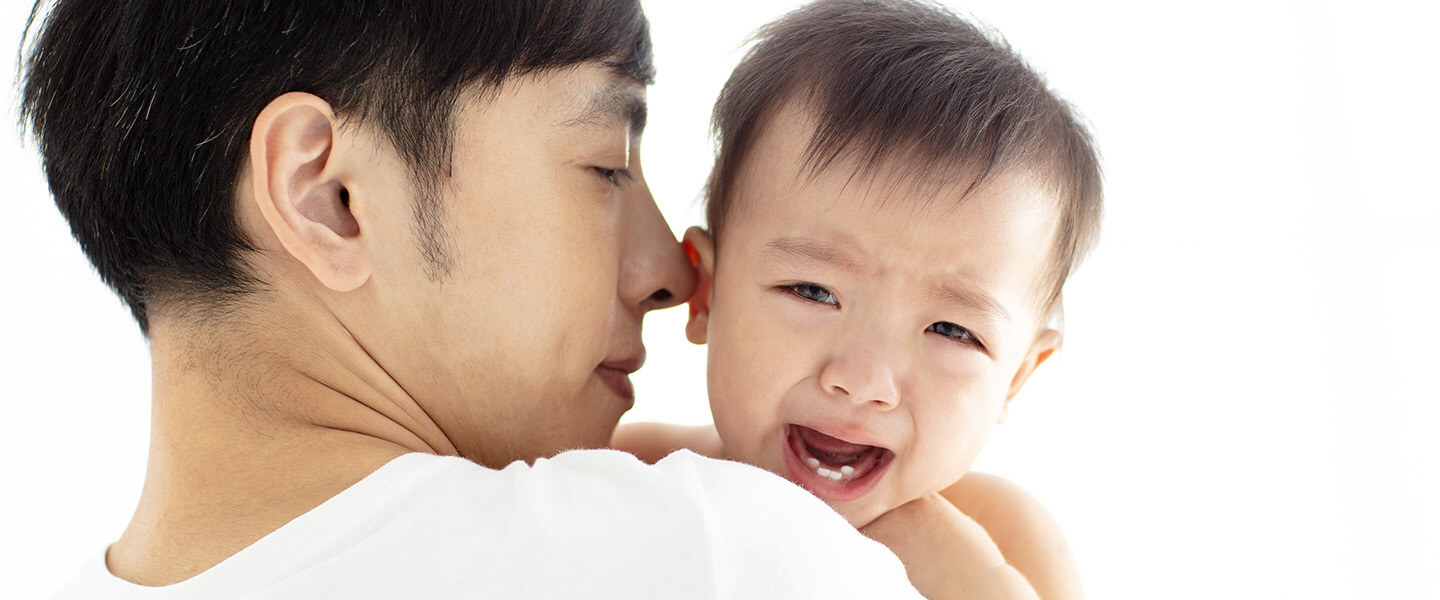Microbe Types in the Infant Gut May Impact How They Respond to Fear
Microbe Types in the Infant Gut May Impact How They Respond to Fear

Although as adults we may think of fear as an emotion best avoided or kept to a minimum, the emergence of fear behavior at the beginning of life is a vital part of early development. It helps us to survive, which is why fear is an emotion deeply “conserved” in evolution, experienced across a vast variety of species.
Being afraid at appropriate moments, i.e., when we’re under legitimate threat, tends to keep us safe—and, in dire situations, alive. At the same time, an overactive fear response is a hindrance, and in some cases, a debilitating obstacle that can be part of anxiety disorders, PTSD, and depression.
A research team led by Rebecca Knickmeyer, Ph.D., of Michigan State University, and including 2016 BBRF Young Investigator Kai Xia, Ph.D., recently reported in Nature Communications results of a study in which they attempted to assess the emergence of the fear response. Their particular interest was whether fear behavior, measured around 12 months of age, is influenced by the development and composition of the infant microbiome.
The microbiome is the collection of organisms that colonizes the digestive tract. Developing rapidly in the first year of life and varying from person to person, its contents have been shown in preliminary research to be related to a large number of human behaviors, including fear and anxiety. Some microbiome contents are thought to promote the fear response, while others are thought to inhibit it, although details remain to be clarified.
Drs. Knickmeyer, Xia and colleagues theorized that there are critical windows in the development of the brain and nervous system in which individual differences in the composition of the microbiome might impact infants’ fear behaviors and perhaps also affect the physical structure of brain areas involved in generating and processing fear.
It is well known that at about 6 months of age, infants begin to distinguish fearful faces from other facial expressions. In subsequent months, babies typically express fear of heights, strangers, and unfamiliar objects, with their behavioral responses increasing until they reach a peak at about 12 months of age. Some studies have shown that in the first few years of life, unusually high levels of expressed fear are associated with increased risk for the future emergence of anxiety disorders.
By manipulating the contents of the microbiome in rodents, researchers have demonstrated impacts upon brain structures including the amygdala, hippocampus, and prefrontal cortex that are centrally involved in the fear response. In humans, these are among parts of the brain that undergo rapid growth in the first year of life: the volume of grey matter in each structure, respectively, increasing 105%, 84% and 104% from birth to 1 year of age. This reflects the extension of dendrites, the formation of synapses between neurons, and the proliferation and migration of glia, support cells unique to the brain, processes which are critically important in early affective learning and behavior during infancy, the researchers note.
In the group of 34 infants recruited for their study, the team assessed microbiome contents and the volume of key brain regions at 1 month and 12 months after birth. At the latter point, they also assessed social and non-social types of fear behaviors in the infants.
The results indicated that the composition of the microbiome at 1 year “is significantly associated with increased fear behavior,” based on a task designed to measure non-social fear. Certain qualities of the 1-month microbiome were also associated with increased non-social fear at 1 year. Social fear behaviors, to the extent they may have been impacted by the microbiome, were not affected “significantly,” in the strictly mathematical sense of the analysis. All the findings are preliminary and require replication and verification in other studies, particularly in view of the small number of infants in the cohort.
The study also revealed a “suggestive” relation between contents of the infant microbiome and volumes of the amygdala and prefrontal cortex.
The researchers said their findings were “an important step in demonstrating the relevance and importance of the microbiome in human neurodevelopment” and that “they suggest the infant gut microbiome may contribute to the developmental trajectory of fear reactivity.” If verified the findings might have implications, the team said, for psychiatric disorders involving abnormal fear reactivity, including social anxiety, phobias [over-fearful] and callous and unemotional behavioral traits [under-fearful].
Even though they found correlations between microbiome contents and differences in individual fear responses among the infants, the team said it was premature to label any particular microbiome contents “good” or “bad,” in part because of variations among individuals, and in part because some microbes may have good and bad impacts in different contexts. This will be among the subjects of the team’s continuing research.
2016 BBRF Young Investigator Mary Kimmel, M.D., was also a member of the team.



